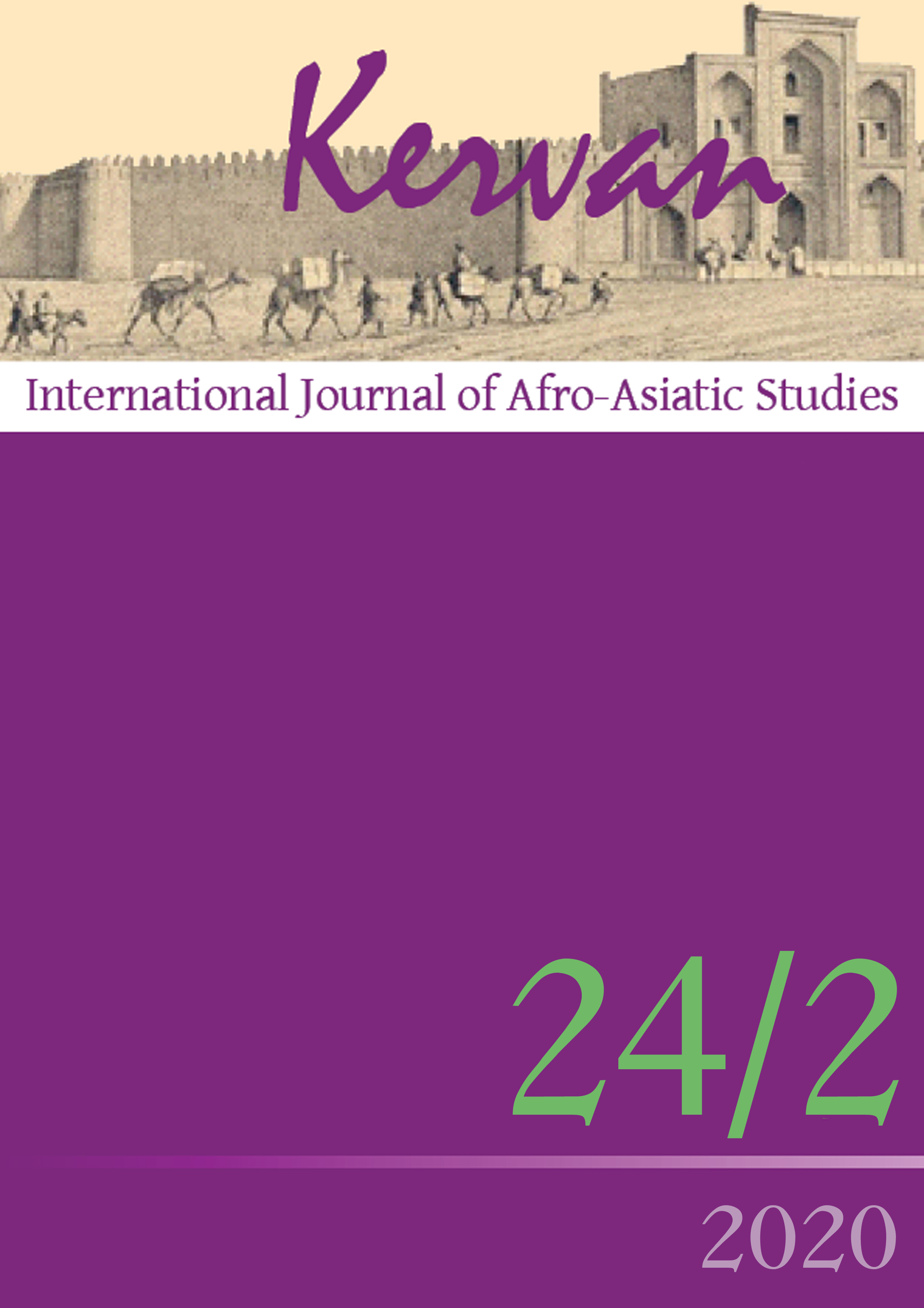La dinastia Kalacuri e il tempio delle 81 dee di Bherāghāṭ
DOI:
https://doi.org/10.13135/1825-263X/5198Abstract
At the heart of Madhya Pradesh, in Bherāghāṭ, near Jabalpur, rises a temple with characteristics unusual for the Indian architectural landscape. Located on the top of an isolated hill overlooking the river Narmadā, it is circular and hypaethral, namely open to the sky. The entire interior perimeter of the circular walls is sectioned by a series of niches that house sculptures of goddesses. These face towards the courtyard, where there is a small shrine in traditional style, with śikhara and maṇḍapa, dedicated to Śiva.
This temple is not an isolated case, since some similar architectural structures, circular and open-air, have been found in different places of India, in an area that extends from Madhya Pradesh to Odisha, with evidence as far south as Kāñcīpura in Tamilnadu. These are dedicated to a group of goddesses or semi-goddesses called yoginīs, whose cult flourished around the 7th-8th century in traditions centered on the god Śiva and closely associated with the tantric phenomenon. These female figures, subject of Indological studies only since relatively recent times, play a decisive role in various texts of the ancient Śaiva tantric literature. However, the cult was not confined to esoteric domains, but from the end of the 9th century it assumed importance in the wider Hindu religious landscape, even in court contexts. Thanks to sovereign patronage, a number of stone sanctuaries dedicated to yoginīs were erected between the 10th and 13th centuries; these are for us monumental attestations of the importance and breadth of the phenomenon.
The paper deals in particular with the yoginī temple of Bherāghāṭ, which, although belonging to the peculiar architectural typology, appears as a unicum under different respects. Various inscriptions indicate that it was commissioned by a king of the Kalacuri dynasty, and it was probably a royal chapel, a cultual place especially reserved to members of the ruling family. Indeed, the shrine represents a shining example of the typical alliance between yoginīs and royal power.
Downloads
Downloads
Published
Issue
Section
License
Gli autori che pubblicano su Kervan accettano le seguenti condizioni:
- Gli autori mantengono i diritti sulla loro opera e cedono alla rivista il diritto di prima pubblicazione dell'opera, contemporaneamente licenziata sotto una Licenza Creative Commons - Attribuzione che permette ad altri di condividere l'opera indicando la paternità intellettuale e la prima pubblicazione su questa rivista.
- Gli autori possono aderire ad altri accordi di licenza non esclusiva per la distribuzione della versione dell'opera pubblicata (es. depositarla in un archivio istituzionale o pubblicarla in una monografia), a patto di indicare che la prima pubblicazione è avvenuta su questa rivista.


 The articles that have appeared on Kervan since 2016 are rated as Class A in the system of National Scientific Qualification (ASN, disciplines 10/N1 and 10/N3).
The articles that have appeared on Kervan since 2016 are rated as Class A in the system of National Scientific Qualification (ASN, disciplines 10/N1 and 10/N3). The journal has been approved for inclusion in DOAJ. The DOAJ listing of the journal is available at
The journal has been approved for inclusion in DOAJ. The DOAJ listing of the journal is available at  The journal has been approved for inclusion in ERIH PLUS. The ERIH PLUS listing of the journal is available at
The journal has been approved for inclusion in ERIH PLUS. The ERIH PLUS listing of the journal is available at  Kervan was just accepted for indexing in SCOPUS. This important milestone ensures that articles published in Kervan are easily found when searching for library, archives and Information science and it enables Kervan authors to keep track of how often their article has been cited by others.
Kervan was just accepted for indexing in SCOPUS. This important milestone ensures that articles published in Kervan are easily found when searching for library, archives and Information science and it enables Kervan authors to keep track of how often their article has been cited by others.
